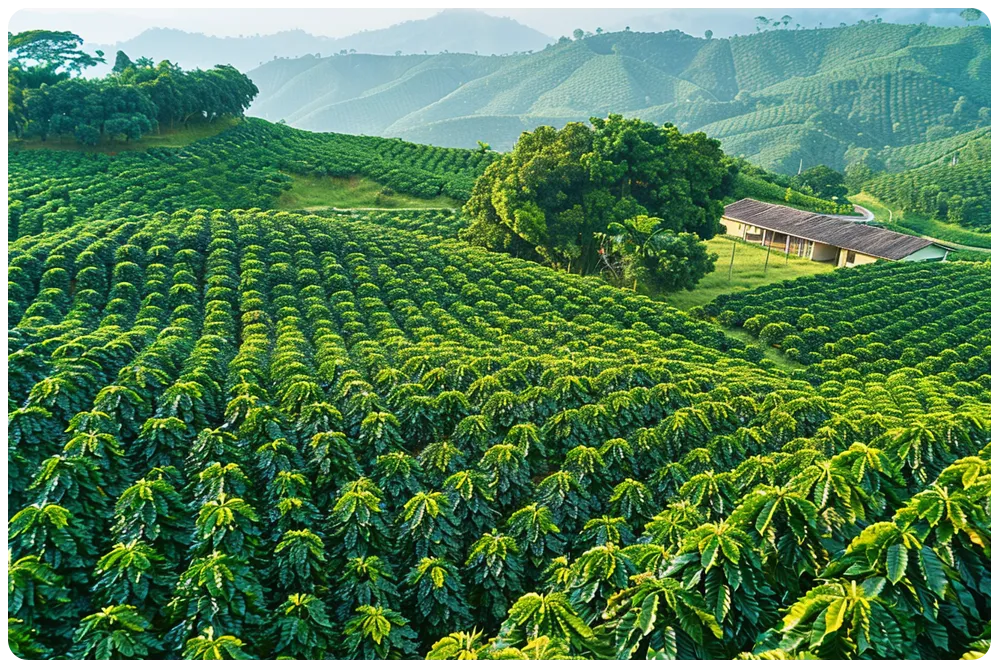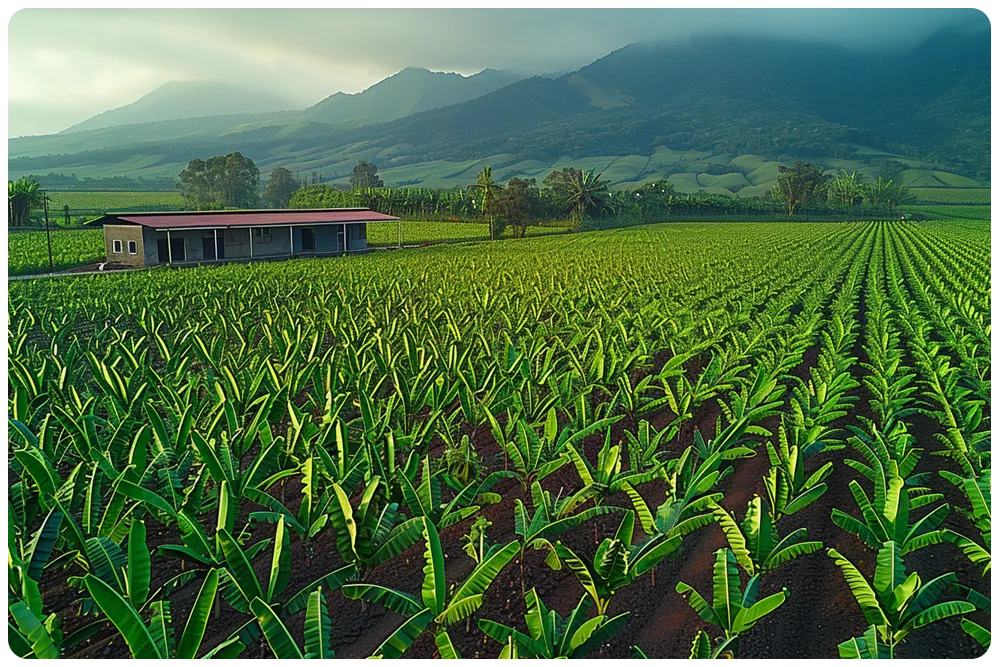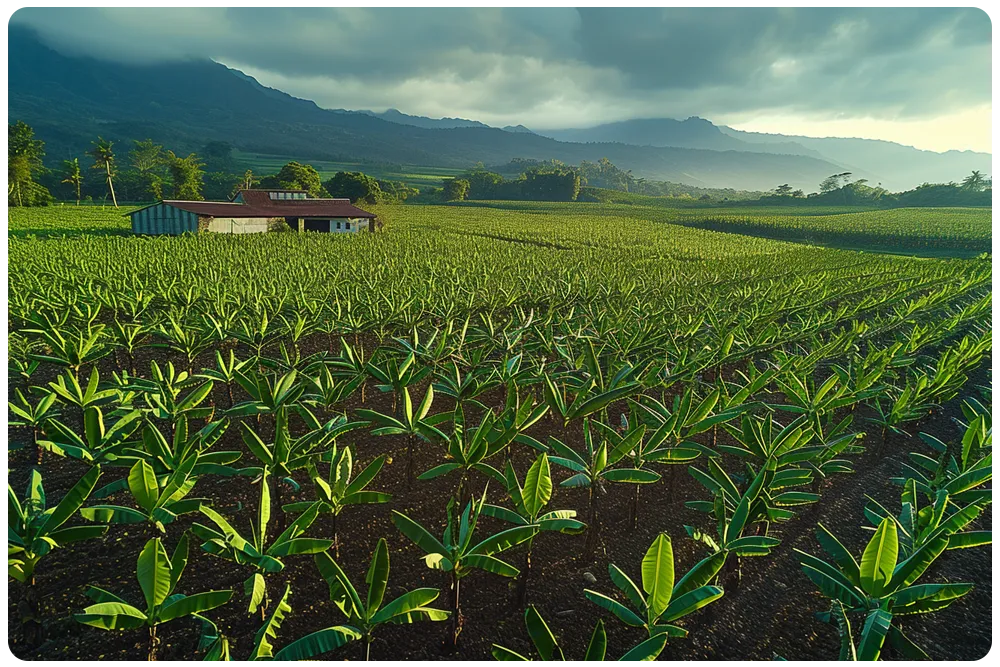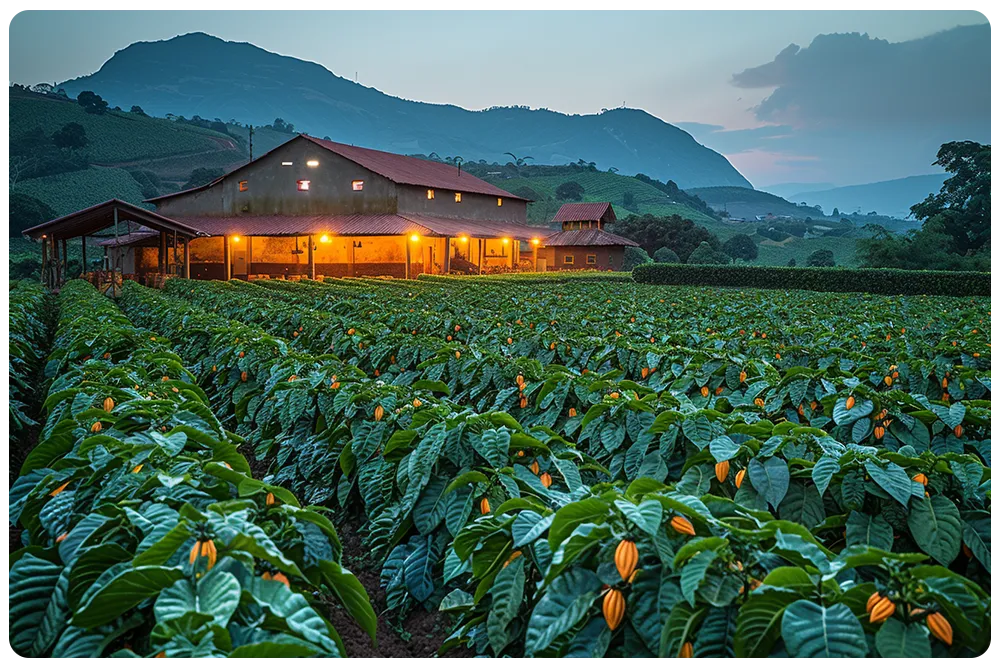Explore the strong influence of drone technology on farming. Discover how precise crop data gathered by a drone can revolutionize agricultural practices.
Welcome to Drone Farm
We offer a comprehensive range of agricultural drone services. With years of experience, we’ve harnessed our expertise to deliver high-quality services to our clients. Our team provides full support at every stage. Choose us for top-tier Drone Farming experiences!

Contents
- 1. How is gps used in drone farming?
- 2. Utilization of infrared technology in drones
- 3. Role of automation software in drone farming
- 4. Impacts of ai on drone-based agriculture
- 5. Drones deploying iot for efficient farming

1. How is gps used in drone farming?
Modern agriculture is undergoing a significant evolution, with the steady adoption of advanced technologies like drones. One crucial aspect of drone farming is the utilization of GPS technology. Perhaps you’re wondering, how is GPS used in drone farming? This chapter intends to shed light on this fascinating topic.
Global Positioning System (GPS), a ubiquitous name in navigation, plays an integral part in drone farming. Thanks to GPS, a drone can be programmed to follow a specific route over a farm, making agricultural tasks such as surveying, crop dusting, and health analysis more efficient. The implementation of GPS in drone farming has revolutionized agriculture in the following ways:
Automated Mapping
With GPS, a drone can create detailed maps based on longitude, latitude, and altitude data. These maps provide insight into crop health, soil viability, and irrigation requirements. Incorporating mapping data, farmers can make strategic decisions about when and where to plant, water, and fertilize crops.
Precision Crop Dusting
In drone farming, GPS enables precision crop dusting. By encompassing a predefined area into the drone’s system, the technology ensures the drone is evenly and accurately spraying the necessary chemicals. It minimizes waste, assures that every crop gets treated, which in turn paves the way for healthier farms.
Constant Monitoring
A drone equipped with a GPS navigation system can conduct regular surveillance, provide real-time updates, and accurately monitor crop health, ensuring early detection of illnesses. Farmers can then take the necessary interventions to prevent further spread, preserving the overall yield and quality of their produce.
To put it into perspective, the unharnessed power of this technology in optimizing farming procedures and enhancing farm management cannot be underemphasized. By leveraging GPS technology, drone farming helps to increase productivity, save costs, and promote sustainable farming practices.
As technology continues to evolve, so does the art of farming. Understanding and embracing these developments, particularly drone farming and GPS technology, bear the potential to redefine agriculture as we know it. It underlines the importance of staying updated with the current trends and technological advancements that could make a farming operation more efficient and productive.
2. Utilization of infrared technology in drones
Utilization of Infrared Technology in Drones
Agricultural drone technology has transformed today’s farming practices; fundamentally revolutionizing the way agriculture operates. Over the recent years, the utilization of infrared technology in drones has emerged as a leading innovation — acting as the vanguard of precision farming.One of the most significant applications of drone equipped with infrared technology is for crop health monitoring. Through capturing visual and infrared data, the drone can provide farmers a detailed view of their fields; identifying areas affected by disease or pests, water stress, or nutrient deficiencies. This promotes timely intervention and accurate treatment application, ensuring maximum crop performance while minimizing resource wastage.
Another key application for drones in agriculture is yield estimation. By using infrared technology, the drone can assess the photosynthetic activity of crops. This not only helps farmers anticipate their seasonal yields but also guides them in adjusting their farming strategies for optimal production.
- Soil moisture monitoring: Present-day drones equipped with infrared sensors can peer beneath the surface, tracking the moisture levels of the soil. Such profound data helps farmers gauge irrigation needs accurately, reducing water overuse and promoting healthy crop growth.
- Farm Management: The bird’s eye view offered by a drone provides comprehensive field mapping. This allows for effective farm management strategies including crop rotation planning and optimizing field usage to increase productivity.
- Pesticide management: Drones with infrared technology enable precision pesticide applications. They can identify specific areas of pest infestation and direct targeted treatment, reducing pesticide use and preventing environmental contamination.
In the realm of sustainable and efficient farming, there is no denying the transformative power of the agricultural drone. The integration of infrared technology in drone farming uncovers valuable insights about crop health and farm management which traditional techniques could not provide. As modern agriculture continues to unfurl, embracing this advanced tool will prove to be an essential stepping stone for farmers towards agricultural excellence.


3. Role of automation software in drone farming
Welcome to our technology driven portal designed to discuss modern farming techniques with a focus on agricultural drones. Unearth the diverse applications, detailed strategies and farm management tactics that drones can offer, and discover how this state-of-the-art tool significantly enhances agricultural productivity.Automation Software: The Brain Behind Drone Farming
Agricultural drones, when coupled with automation software can bring a great deal of efficiencies to modern farming.
The software essentially forms the central processing unit of a farming drone, directing its operations and allowing it to perform its functions efficiently.- Data Collection and Integration: The automation software facilitates data gathering from various sources, such as sensors on the drone, weather data, and more. It then integrates this data in a meaningful way that can be interpreted and used by the farmers.
- Flight Planning: The automation software also helps design the flight plan of the drone. Using the data from various sources, it chalks out the most efficient route and tasks for the drone, optimizing energy usage and coverage.
- Real-Time Analysis: The software also provides real-time analysis of the data collected, enabling quick decision-making. Farmers can identify any crop irregularities or pests and take immediate action, minimizing crop illness and potential yield losses.
- Reporting: The data collected and analyzed by the software is organized into comprehensive reports. These reports not only track the drone’s activities but also provide insight into the crop’s health, growth, and yield predictions.
4. Impacts of ai on drone-based agriculture
Impacts of AI on Drone-Based Agriculture
Embracing modern agriculture involves the harmonious fusion of technology and traditional farming practices. One key element is the deployment of a drone, an intelligent device that streamlines farm management and optimizes crop production. Integrated with artificial intelligence (AI), the drone propels farming to unchartered territories of efficiency and productivity.Role of AI in Agricultural Drones
AI power transforms a drone from a mere aerial device into a master tool in the farming arena. Leveraging this technology, it handles diverse operations undeterred by the complexity or scale. Critical tasks such as sowing seeds, spraying pesticides, monitoring growth, and even forecasting yields fall within its capabilities. Even the minuscule detail of detecting crop illnesses can be swiftly identified and addressed, as AI allows the drone to interpret hyperspectral images captured during its flight.Implications for Farm Management
AI-empowered drone technology augments farm management on several fronts, some of which are:- Efficient Resource Utilization: Drone delivers precise information about the crop’s health and needs, allowing farmers to utilize resources gracefully, minimizing waste.
- Risk Mitigation: Drone swiftly recognizes signs of crop disease, allowing prevention measures to be implemented immediately, reducing potential extensive damage.
- Time Management: With their speedy and systematic approach, drones significantly cut down on time spent in manual field inspection and treatment.


5. Drones deploying iot for efficient farming
Welcome to the portal that illuminates the wide-ranging applications and advantages of drone technology in the realm of farming and agriculture. As you navigate through our resources, you will discover how drone can revolutionize staple crop production and streamline farm management.Our focal point in this chapter is the deployment of the Internet of Things (IoT) by drones for efficient farming. The agricultural sector is on the brink of a significant transformation, mainly triggered by the integration of advanced technology tools.Drones and IoT: Combining Two Powerful Technologies for Efficient FarmingWhen we talk about modern farming, the drone, equipped with IoT technology, opens up new horizons for precision agriculture. These state-of-the-art devices carry smart sensors that can map farm conditions, monitor crop growth, and detect plant diseases in real-time. They can generate a wealth of data, thus making the agricultural process smarter and more responsive to evolving needs.
The IoT-enabled Drone in Action
Here’s how it works: the drone flies over the farmland, scanning for vital growth indicators. The IoT module on board the drone, surveys the condition of crops with infrared technology, and measures environmental factors. The collected data is then readily available for review and analysis. This procedure can assure data-driven decisions, thus leading to improved crop health, maximized yield, and optimized resource allocation.- Data Acquisition: Flying at low altitudes, the drone captures high-resolution images that detail plant health, soil condition, and persists pests. It’s much faster and more comprehensive than manual checks.
- Data Analysis: Analyzing the data instantaneously is where IoT technology excels. Advanced algorithms sort, categorize, and interpret this data, discerning patterns and issuing alerts when necessary.
- Actionable Intelligence: Based on the analyzed data, farmers can devise specific strategies for different crop sections, thus maximizing efficiency and productivity.